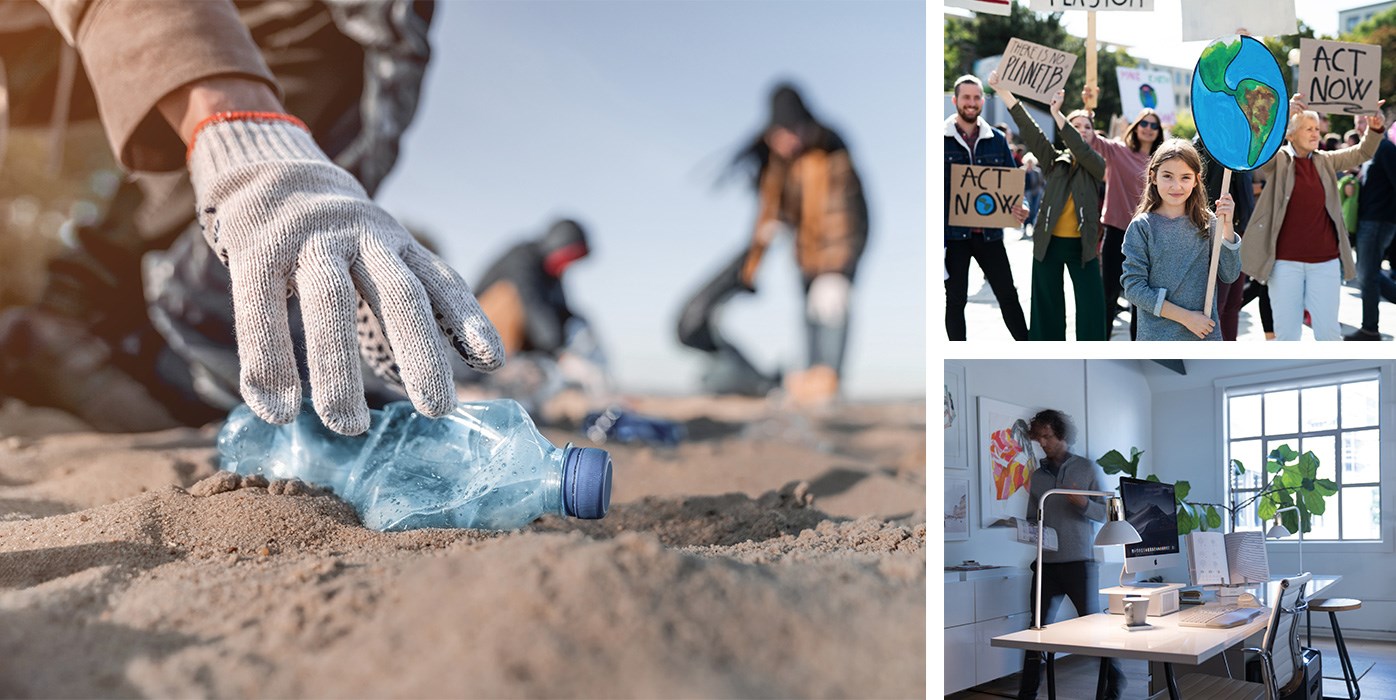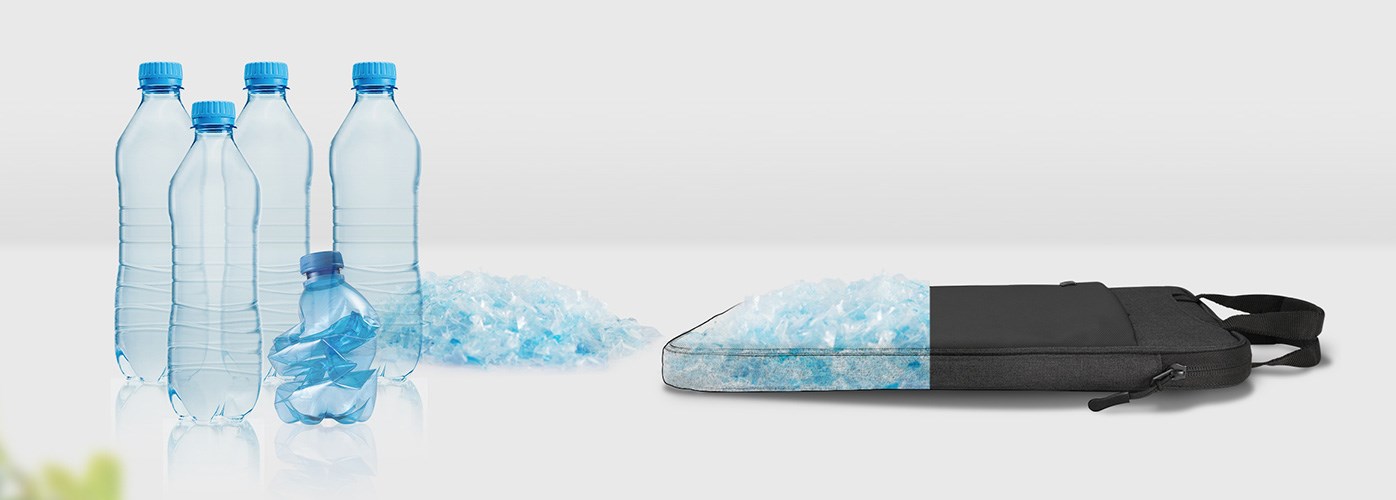Suggestions
- No Suggestions
Recommended Products
- No recommended searches
Site Pages
- No Related Site Pages
What an amazing green Earth we have to call home. And as we embrace its beauty, we must also think about how to preserve and keep it green.
We want our planet — and the one we leave for future generations — to be as free from waste and environmental damage as possible. So we asked ourselves what we can do to help. How can we reduce our global environmental impact?
For Kensington, this is an ongoing effort, where every aspect of our business is examined through the lens of sustainability. We’re dedicated to continuously finding ways to reduce our environmental footprint, and one of our first (and most noticeable) areas of focus is packaging.

Fact is, too often the box isn’t a box, but rather hard plastic that can’t be re-used and ends up in landfills. And then consider that every year, about 8 million tons of plastic waste escapes into the oceans from coastal nations*.
So we set out to find a way to package our products more sustainably, while keeping them protected during shipping. And we didn’t stop there. We want to make the shipping itself more sustainable. For example, lighter, less bulky, yet strong materials mean more efficient pallet configurations, making shipping more efficient, and saving on the amount of fuel necessary for transport.
Our sustainable packaging is also easy to open. No more frustrating (and sometimes dangerous) plastic blister packs and boxes.
* Source: nationalgeographic.com/environment/habitats/plastic-pollution

For our business customers, our brown box approach keeps packaging clean, simple, and easy to break down.
Redesigned retail packaging is easy to read, open, and recycle.
![]()
99% recyclable package (we’re working hard to get to 100%)
![]()
Forest Stewardship Council™ (FSC) certified packaging
![]()
Water-based varnish, plant-based soy ink, and matte oils
![]()
Chlorine-free paper
Every year, packaging alone accounts for tons of non-recyclable waste. That’s because all too often, the plastic and other materials used are not fully recyclable. By switching to earth-friendly plant-based recyclable packaging across our entire product line, we’ll help reduce this waste. In recent years, the shift from plastic in packaging to renewable plant-based materials has seen exciting innovations, including the use of mushroom-, bamboo-, soy-, and corn-based materials — some of which can be custom-grown on-premise, and even to form-fit a specific product.

While packaging accounts for a great deal of waste, we also know that what's inside the package can play a part in environmental impact. Which is why we're working hard to develop products to help reduce that impact, including products made from recycled and renewable materials such as water bottles.

We’re exploring every sustainable packaging and product option currently available to us, and it doesn't stop there. We're also exploring more environmentally friendly supply chain, production, and transportation options, so that we can fully do our part to help leave a verdant, healthy planet for future generations.

Join us as we work to achieve our goal of 99% recyclable packaging across our entire product line by the end of 2023, and as we expand our sustainability focus to include more products.